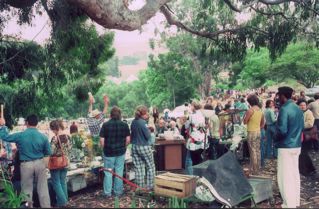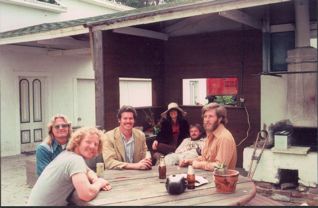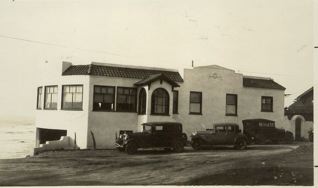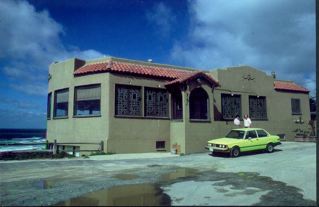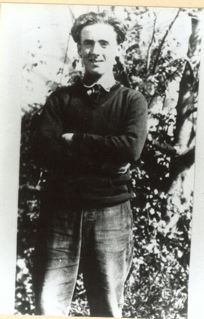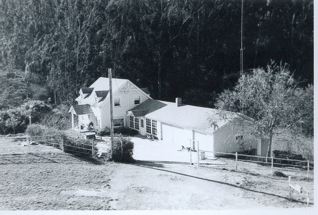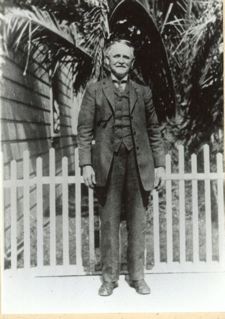Twice I met and talked with Ralph Feusier, a wickedly funny East Coast Insurance executive who flew west to Half Moon Bay to re-visit his past.
One of my self-defined jobs is to find someone in town who could provide Ralph (or anyone else) with connections, who might know or remember his relatives.
Over the years I have learned that while the âlocal historianâ? may benefit from these visits, gaining new information & the always- coveted photographsâthere is also a deeply sad side to these visits. Frequently, people go back in time to recapture a magic time from their childhood– when they are old and feel death stalking them.
Ralph Feusier was six-years-old in 1930– and his magical year was spent in a two-story Victorian house on Main Street in Half Moon Bay. The house was filled with wonderful characters, his relatives, the Nelsons, âGreat Auntâ? Flo, Uncle Horaceâand Carrie, the âtalentedâ? housekeeper and seamstress.
The Nelsons were not ordinary folks. They had long been recognized as leaders in the close-knit Coastside community.
âUncle Horace was president of the Half Moon Bank and the water works,â? Ralph proudly told me. Horace was also known for his civic contributions as a school trustee, a responsibility he held for nearly two decades.
More importantly, Horace Nelson owned a successful cattle ranch in the Purissima canyon, south of Half Moon Bay.
Some of Ralphâs memories were blurred but he remembered visiting the historic ranch in 1930. There was a little covered bridge that impressed him greatly. He was convinced that his Uncle Horace, an accomplished craftsman, had helped build the bridge.
 Photo: “A Happy Day Beach Picnic at Half Moon Bay, 1928”: L-R: Unknown woman, Aunt Flo, Carrie, Ralph’s mom, Emma, Ralph and his brother Edward.
Photo: “A Happy Day Beach Picnic at Half Moon Bay, 1928”: L-R: Unknown woman, Aunt Flo, Carrie, Ralph’s mom, Emma, Ralph and his brother Edward.
â¦.To Be Continuedâ¦

